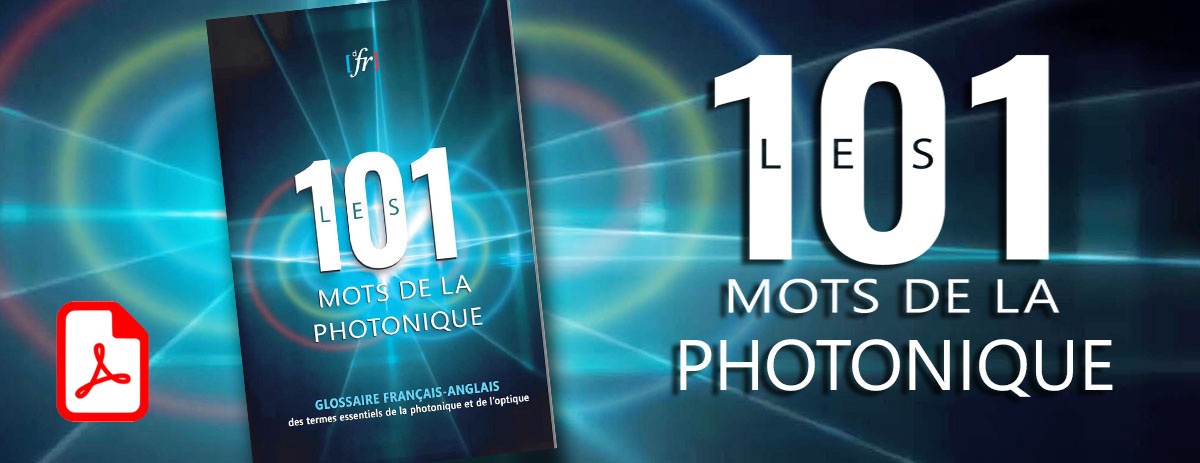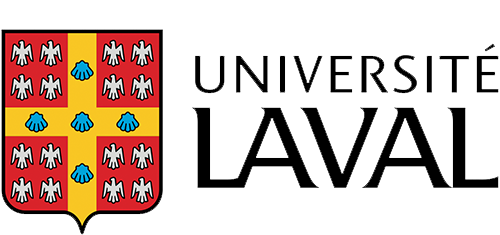|
|
| (2 versions intermédiaires par un autre utilisateur non affichées) |
| Ligne 1 : |
Ligne 1 : |
| ==en construction==
| | #REDIRECTION [[intrication quantique]] |
| | |
| == Définition ==
| |
| XXXXXXXXX
| |
| | |
| == Français ==
| |
| ''' XXXXXXXXX '''
| |
| | |
| == Anglais ==
| |
| ''' Entanglement'''
| |
| | |
| Researchers can generate pairs of qubits that are “entangled,” which means the two members of a pair exist in a single quantum state. Changing the state of one of the qubits will instantaneously change the state of the other one in a predictable way. This happens even if they are separated by very long distances.
| |
| | |
| Nobody really knows quite how or why entanglement works. It even baffled Einstein, who famously described it as “spooky action at a distance.” But it’s key to the power of quantum computers. In a conventional computer, doubling the number of bits doubles its processing power. But thanks to entanglement, adding extra qubits to a quantum machine produces an exponential increase in its number-crunching ability.
| |
| | |
| Quantum computers harness entangled qubits in a kind of quantum daisy chain to work their magic. The machines’ ability to speed up calculations using specially designed quantum algorithms is why there’s so much buzz about their potential.
| |
| | |
| <small>
| |
| | |
| [https://www.technologyreview.com/2019/01/29/66141/what-is-quantum-computing/#whatissuperposition Source : technologyreview ]
| |
| | |
| [[Catégorie:Quantique]]
| |
| [[Catégorie:vocabulary]] | |










